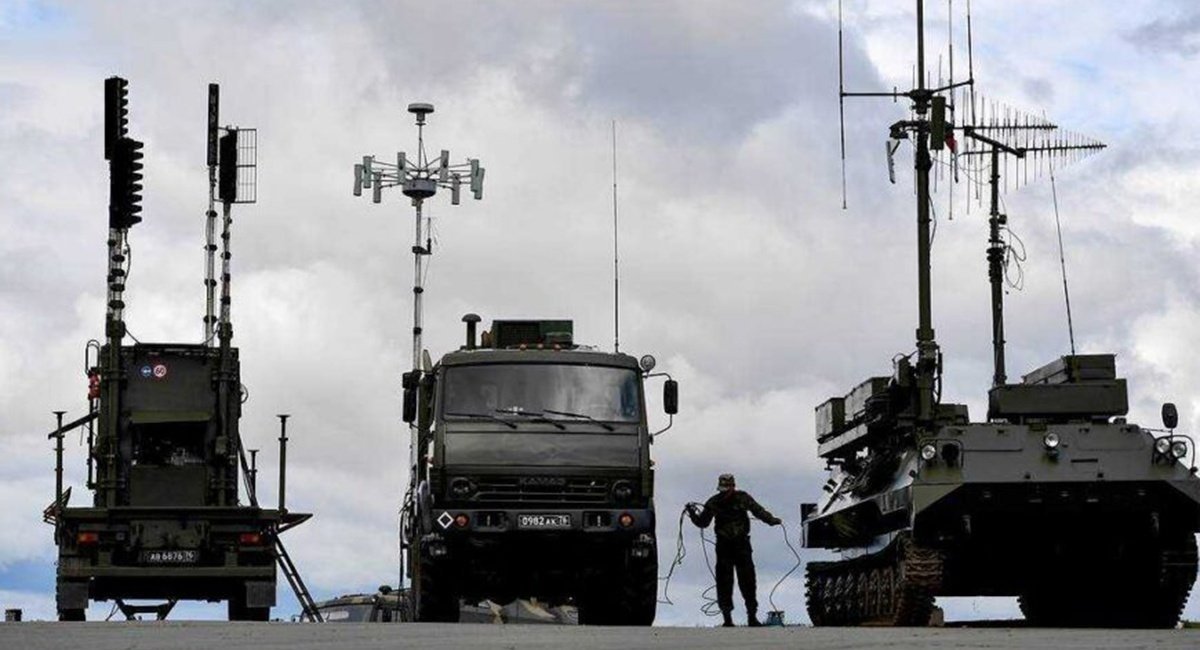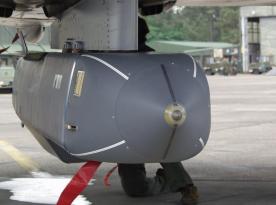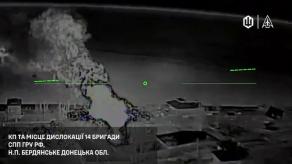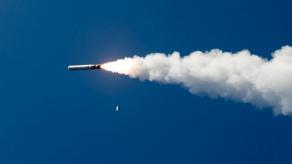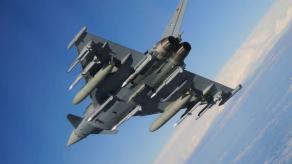Recently, Defense Express noticed many comments about russians constantly accumulating their EW systems in Ukraine frontlines in order to jam unmanned vehicles piloted by the Ukrainian army with utmost effectiveness. That may make an impression of total russian superiority in the EW field.
However, that would be an overstatement. Sometimes, russian EW systems cannot do anything about a drone, somewhere they simply lack these systems, and in some particular cases, it is Ukrainian EW specialists who achieve significant success. We can see that from some of the openly available videos from the frontlines we'd like to discuss below.
Read more: Ukrainian RAM II Loitering Munitions Destroy russian Tor-M2 Systems Worth $50 Million
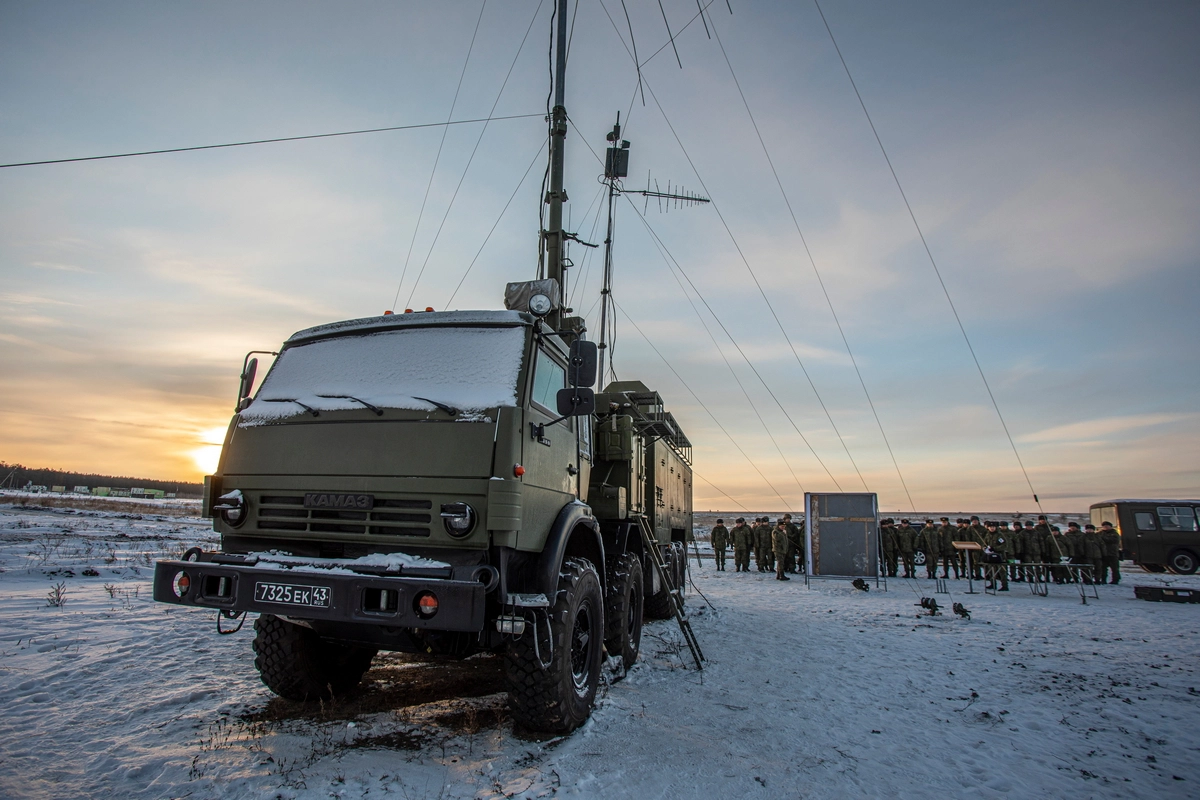
For starters, we should recall the video we described in our previous article, about the soldiers of the 3rd Assault Brigade using a ground kamikaze robot with 12 kg of TNT and an anti-personnel mine in the Bakhmut operational direction. The connection to the drone was channeled via radio frequency, it also transmitted real-time imagery from an FPV camera. Moreover, another drone, aerial, was watching it go from above.
Logically, the fuze detonation should be remotely controlled, too. To sum things up, if Ukrainians can effectively deploy a remotely-controlled robot that even needs a UAV to follow for adjustment, in the region heavily focused by the russian forces, then it is the first indication of problems with their EW control over the frontline.
Here are also a few more videos, about Ukrainian RAM II attack drones destroying expensive Tor-M2 SAMs, or the elimination of 10 russian tanks with kamikaze drones over a single night by Ukrainian special forces.
Usually, short-range air defense systems move around near the frontlines along strictly limited and designated routes, united in a sort of a "deployment area" covered with an EW capability. The same logic applies to a camp for parking vehicles for the night. An EW cover in this case would look reasonable to ensure nothing can detect, not to say attack the area where the equipment is gathered.
But as we can see, the russians had no jammers deployed to stop the kamikaze drones from a raid, and here's the result:
And now, maybe, the best example of the list: volunteer Pavlo Kashchuk stated that Ukrainian engineers managed to suppress a Lancet loitering munition used by russian forces for kamikaze attacks.
As proof he published some photos of the electronics found inside the downed drone. Once the specialists research the insides of the Lancet, Ukrainian forces will gain an opportunity to enhance their defense against this UAV.
This case reminds that Ukrainian EW forces are improving and achieve success, too, so the russian gains in this field should not be overestimated.
Read more: West Holds Three Recon Aircraft Over the Black Sea At Once to Keep an Eye on the russian Fleet Movements




